The death penalty has been a contentious issue in the United States for centuries. Since the country’s founding, thousands of people have been sentenced to death for crimes ranging from murder to treason. While some argue that the death penalty serves as a deterrent and a just punishment for heinous crimes, others believe it is immoral and that there is too much risk of innocent people being executed. Regardless of one’s stance on the issue, it is important to acknowledge the history of the death penalty in the United States. In this context, this article highlights 14 of the most famous death penalties in US history, including cases that have sparked controversy, political intrigue, and public outrage.
Ethel and Julius Rosenberg
Ethel and Julius Rosenberg were a married couple who were convicted of conspiracy to commit espionage in 1951. The Rosenbergs were accused of passing atomic bomb secrets to the Soviet Union during the height of the Cold War, and their case became one of the most high-profile espionage trials in US history. Despite a lack of direct evidence linking them to espionage, they were found guilty of conspiracy and sentenced to death. In 1953, they were executed by electric chair, becoming the first American civilians to be executed for espionage.
You may also like: 12 Bizarre American Historical Events That Sound Fake

The case of the Rosenbergs has been the subject of much controversy and debate. Some argue that they were guilty of espionage and deserved their fate, while others believe that they were wrongly convicted and that their execution was a miscarriage of justice. Many people have also questioned the fairness of their trial, as well as the evidence used against them. The Rosenbergs’ execution continues to be a highly emotional and politically charged topic, and it remains a significant part of US history.
John Brown
John Brown was a controversial American abolitionist who played a significant role in the lead-up to the Civil War. He is best known for his unsuccessful raid on the federal armory at Harpers Ferry, Virginia, in 1859. Brown had hoped to start a slave rebellion by seizing weapons from the armory, but the raid was quickly put down by US troops. Brown was captured, tried for treason, and eventually hanged.
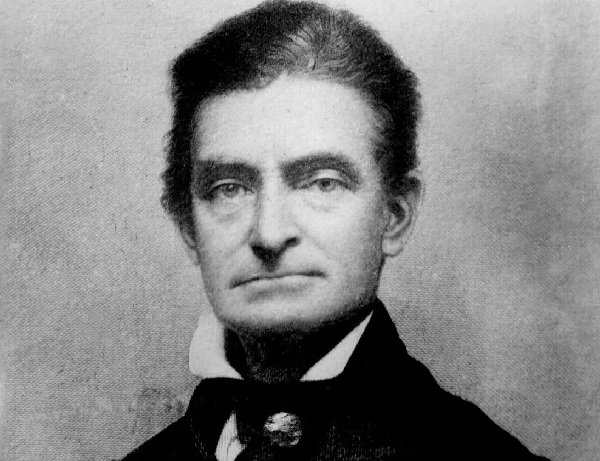
While Brown’s actions were widely criticized at the time, he is now seen by many as a heroic figure who fought against the institution of slavery. His raid on Harpers Ferry helped to galvanize the abolitionist movement and is considered by some to be a pivotal moment in the lead-up to the Civil War. Despite his failure, Brown’s legacy has continued to inspire activists and reformers in the fight for social justice.
Sacco and Vanzetti
Nicola Sacco and Bartolomeo Vanzetti were two Italian immigrants who were convicted of robbery and murder in Massachusetts in 1921. The case quickly became a cause célèbre, with many people questioning the fairness of their trial and the evidence used against them. Sacco and Vanzetti were both anarchists, and some believed that they were being persecuted for their political beliefs.
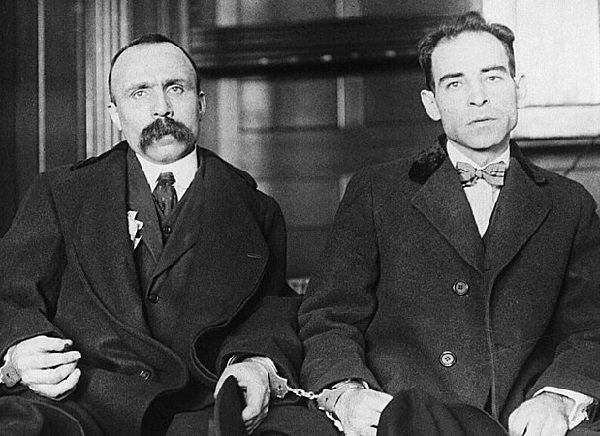
Despite a worldwide campaign to overturn their conviction, Sacco and Vanzetti were executed in 1927. The case of Sacco and Vanzetti has continued to be a highly controversial and emotionally charged topic in American history. Many people continue to believe that they were wrongly convicted and that their execution was a miscarriage of justice. The case has also been viewed as a reflection of the anti-immigrant and anti-radical sentiments of the time. The legacy of Sacco and Vanzetti continues to be felt today, with their story serving as a reminder of the importance of justice and fairness in the legal system.
Timothy McVeigh
Timothy McVeigh was an American domestic terrorist who carried out the deadliest act of terrorism on US soil prior to the September 11th attacks. On April 19, 1995, McVeigh detonated a truck bomb outside the Alfred P. Murrah Federal Building in Oklahoma City, killing 168 people and injuring over 600 others. The bombing was a shocking and devastating attack that left the country reeling.
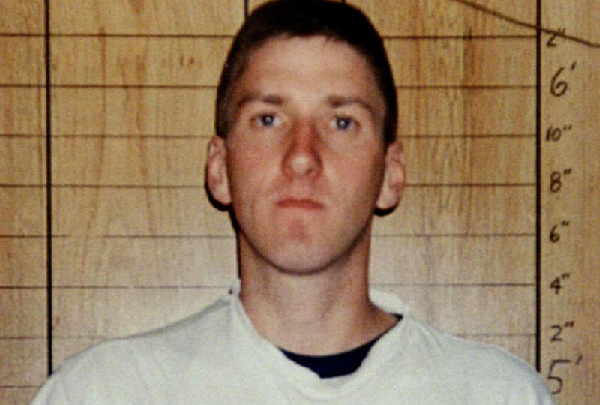
McVeigh was quickly identified as the perpetrator of the attack and was arrested. He was subsequently tried and convicted of multiple charges, including conspiracy to use a weapon of mass destruction and eight counts of first-degree murder. In 2001, McVeigh was executed by lethal injection at the federal penitentiary in Terre Haute, Indiana.
The Oklahoma City bombing and McVeigh’s subsequent execution had a profound impact on the American psyche, leading to increased security measures and a renewed focus on domestic terrorism. The attack also brought to light issues of extremism and the dangers of radicalization, highlighting the need for continued efforts to combat hate and violence in all its forms.
Ted Bundy
Ted Bundy was an American serial killer and rapist who confessed to the murder of over 30 young women during the 1970s. He was known for his charming and charismatic demeanor, which he used to lure his victims into his car or apartment before brutally assaulting and murdering them.
Bundy was finally apprehended in 1978 after a high-speed chase and was subsequently convicted of multiple counts of murder and other crimes. Despite numerous appeals and his own attempts to delay his execution, Bundy was put to death in the electric chair in 1989.
See also: 15 Unpleasant Facts about American History’s Great People
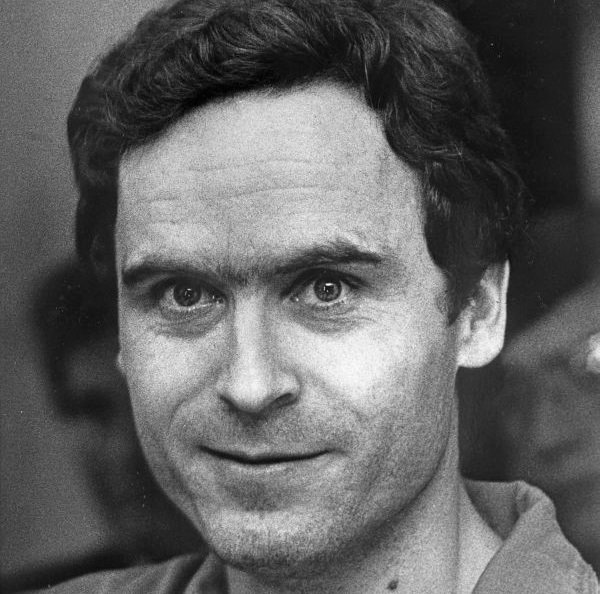
Bundy’s crimes and execution continue to captivate the public’s imagination, with numerous books, films, and documentaries detailing his horrific acts. His case also brought attention to the issue of violence against women and the need for better protection for vulnerable populations. The legacy of Ted Bundy serves as a chilling reminder of the dangers of charismatic and manipulative individuals and the importance of justice for victims of violent crimes.
Gary Gilmore
Gary Gilmore was an American criminal who gained notoriety for being the first person to be executed in the United States after the reinstatement of the death penalty in 1976. Gilmore had a long history of criminal activity, including armed robbery and assault, and had spent much of his adult life in and out of prison.

In 1976, Gilmore committed two murders in Utah and was subsequently convicted and sentenced to death. He refused to appeal his sentence and famously declared “Let’s do it” when asked about his impending execution. Gilmore’s case garnered national attention and sparked a renewed debate about the morality and effectiveness of the death penalty.
On January 17, 1977, Gilmore was executed by firing squad at Utah State Prison, marking the first use of capital punishment in the United States in over a decade. His case and execution continue to be studied and debated by legal scholars and activists, with many arguing that his case highlights the flaws and injustices of the death penalty system.
Bruno Richard Hauptmann
Bruno Richard Hauptmann was a German-born carpenter who was convicted of one of the most infamous crimes in American history – the kidnapping and murder of the infant son of famous aviator Charles Lindbergh. The kidnapping of the Lindbergh baby in 1932 was a sensational crime that captured the attention of the nation and the world, and Hauptmann was eventually identified as a suspect.
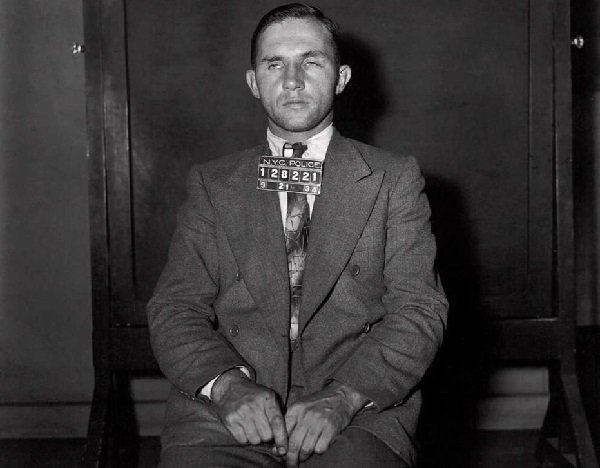
Hauptmann was found guilty of the kidnapping and murder and was sentenced to death. He maintained his innocence until his execution by electrocution in 1936. Hauptmann’s case remains controversial, with some still questioning his guilt and others pointing to inconsistencies and errors in the prosecution’s case.
The Lindbergh kidnapping and Hauptmann’s subsequent trial and execution remain a significant event in American history, with the case leading to changes in laws related to kidnapping and ultimately contributing to the development of the FBI. Despite the passage of time, the mystery and intrigue surrounding the case continue to fascinate and captivate people around the world.
Ruth Snyder
Ruth Snyder was an American housewife who was convicted and executed for the murder of her husband, Albert Snyder, in 1927. The case gained national attention due to the sensational and scandalous nature of the crime and the subsequent trial.

Snyder conspired with her lover, Judd Gray, to murder her husband and collect on his life insurance policy. The two were eventually caught and tried, with Snyder maintaining her innocence until the end. However, overwhelming evidence, including a photograph of Snyder in the electric chair that was taken moments before her execution, left little doubt of her guilt.
Snyder’s execution by electrocution in 1928 was a controversial and highly publicized event, with some arguing that the punishment did not fit the crime. Despite the passage of time, the case remains a significant moment in American legal history and continues to be studied and debated by scholars and the public alike.
Caryl Chessman
Caryl Chessman was an American criminal who was convicted of multiple counts of robbery and kidnapping in 1948. He was known as the “Red Light Bandit” due to his practice of using a red light to impersonate police officers and rob unsuspecting motorists in Los Angeles.
See also: Top 15 Worst Floods in US History

Chessman represented himself in court and managed to delay his execution for twelve years through a series of appeals and legal maneuvers. However, his final appeal was denied, and he was executed in 1960 by lethal gas.
Chessman’s case was controversial, with many arguing that his execution was a miscarriage of justice due to issues with his trial and the application of the death penalty. His case led to renewed debates over the fairness of the criminal justice system and the use of capital punishment, and his story has been the subject of books, films, and other media.
Bonnie Brown and Carl Austin
Bonnie Brown Heady and Carl Austin Hall were two American criminals who were executed in 1953 for the kidnapping and murder of a young boy named Bobby Greenlease. Heady was a former prostitute and Hall was a former prisoner who had been released from jail just prior to the kidnapping.

The crime shocked the nation, and the ransom demanded by Heady and Hall was the largest in American history at the time. The young boy was tragically murdered despite the ransom being paid.
After a nationwide manhunt, Heady and Hall were captured and convicted of the crime. They were executed by gas chamber in Missouri in 1953. The case led to increased public support for harsher penalties for kidnapping and other violent crimes.
The tragic nature of the crime and the subsequent execution of Heady and Hall have remained a significant moment in American criminal history, serving as a reminder of the dangers of violent crime and the importance of swift and just punishment for those who commit such heinous acts.
Nathan Leopold and Richard Loeb
Nathan Leopold and Richard Loeb were two wealthy students from Chicago who were convicted of the murder of a 14-year-old boy named Bobby Franks in 1924. Leopold and Loeb believed that they were intellectually superior and could commit the perfect crime. They were eventually caught due to a pair of glasses found at the crime scene.
The trial of Leopold and Loeb was a media sensation, with many prominent figures of the day following the case closely. They were defended by famous defense attorney Clarence Darrow, who argued against the death penalty and instead advocated for life imprisonment.
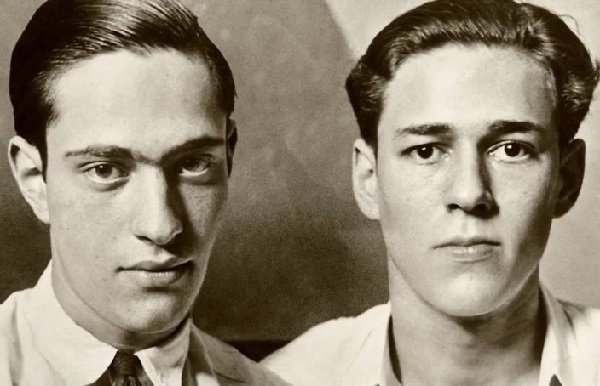
Despite the arguments of their defense team, Leopold and Loeb were sentenced to death by hanging. However, their sentences were eventually commuted to life imprisonment.
Leopold and Loeb’s case remains a significant moment in American legal history, raising questions about the nature of punishment and the death penalty. It also served as a cautionary tale about the dangers of over-intellectualization and the belief in one’s superiority over others.
Charles Starkweather
Charles Starkweather was a notorious spree killer who went on a killing spree in Nebraska and Wyoming in 1958. He murdered a total of eleven people, including his girlfriend, her family, and several others he encountered along the way.
The killing spree caused nationwide panic and Starkweather became one of the most wanted men in the country. He was eventually captured and stood trial for his crimes.

During his trial, Starkweather claimed that he was under the influence of his girlfriend and that she had forced him to commit the murders. However, the jury did not believe his defense and he was convicted and sentenced to death.
Starkweather was executed by an electric chair in 1959, bringing an end to one of the most shocking and disturbing killing sprees in American history. His case has remained a significant moment in American criminal history, serving as a reminder of the dangers of violent crime and the importance of swift and just punishment for those who commit such heinous acts.
John Wayne Gacy
John Wayne Gacy was a notorious serial killer and sexual predator who terrorized the Chicago area in the 1970s. He was convicted of murdering 33 young men and boys, many of whom he had lured to his home under false pretenses.
Gacy was known for dressing up as a clown to entertain children, earning him the nickname “The Killer Clown.” He buried the bodies of his victims in the crawl space of his home and in other nearby locations.

After his arrest and trial, Gacy was found guilty of all 33 murders and sentenced to death. He spent 14 years on death row before being executed by lethal injection in 1994.
The case of John Wayne Gacy remains one of the most shocking and disturbing in American criminal history. It has served as a reminder of the dangers of predatory behavior and the importance of swift justice for those who commit such heinous acts.
Jesse Washington
Jesse Washington was an African American teenager who was lynched in Waco, Texas in 1916. He was accused of raping and murdering a white woman, despite the lack of evidence linking him to the crime.
After a swift and unfair trial, Washington was found guilty and sentenced to death. He was then dragged out of the courtroom and taken to City Hall, where he was beaten, castrated, and burned alive in front of a crowd of thousands of people.
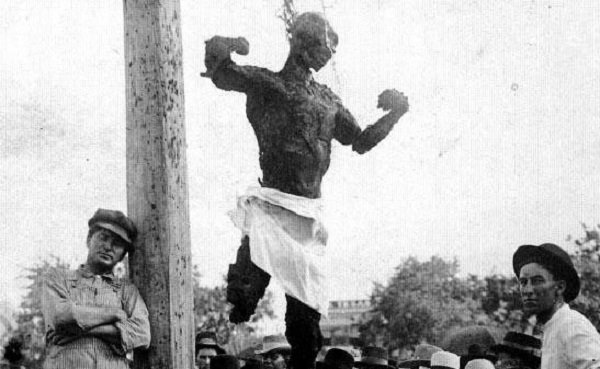
The lynching of Jesse Washington was a horrific act of racial violence and a tragic example of the injustice and discrimination faced by Black people in America at the time. It sparked national outrage and led to a renewed effort to pass anti-lynching laws, although it would be many years before significant progress was made in this area.
Today, the memory of Jesse Washington serves as a powerful reminder of the need for justice, equality, and respect for all people, regardless of race or ethnicity.
Conclusion
The 14 famous death penalties in US history are a reminder of the dark side of the American justice system and the brutal nature of capital punishment. While some of the executions were carried out in accordance with the law, others were marked by controversy, injustice, and racial discrimination. The stories of the individuals who were executed – from the Rosenbergs to John Brown to Jesse Washington – are a testament to the flawed nature of the criminal justice system and the need for reform. Today, the use of the death penalty in the United States remains a divisive issue, with proponents arguing that it serves as a deterrent to crime, while opponents argue that it is inherently flawed and disproportionately impacts marginalized communities. Ultimately, the debate over the death penalty is a complex one that requires careful consideration of both the moral and practical implications of this controversial practice.
 Skip to content
Skip to content
